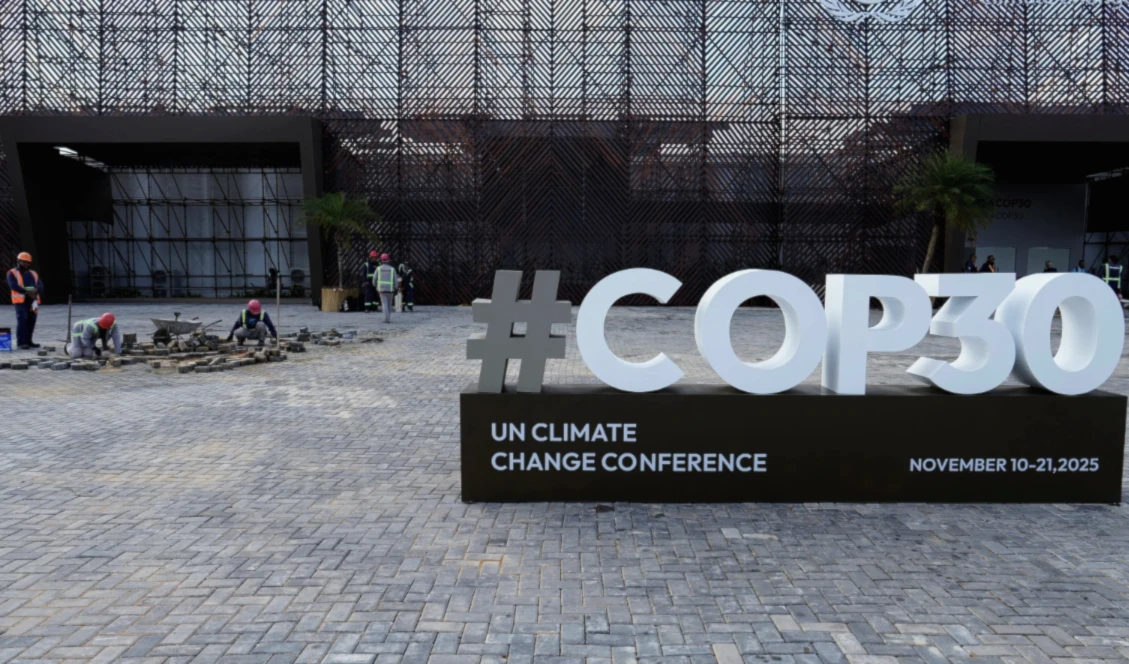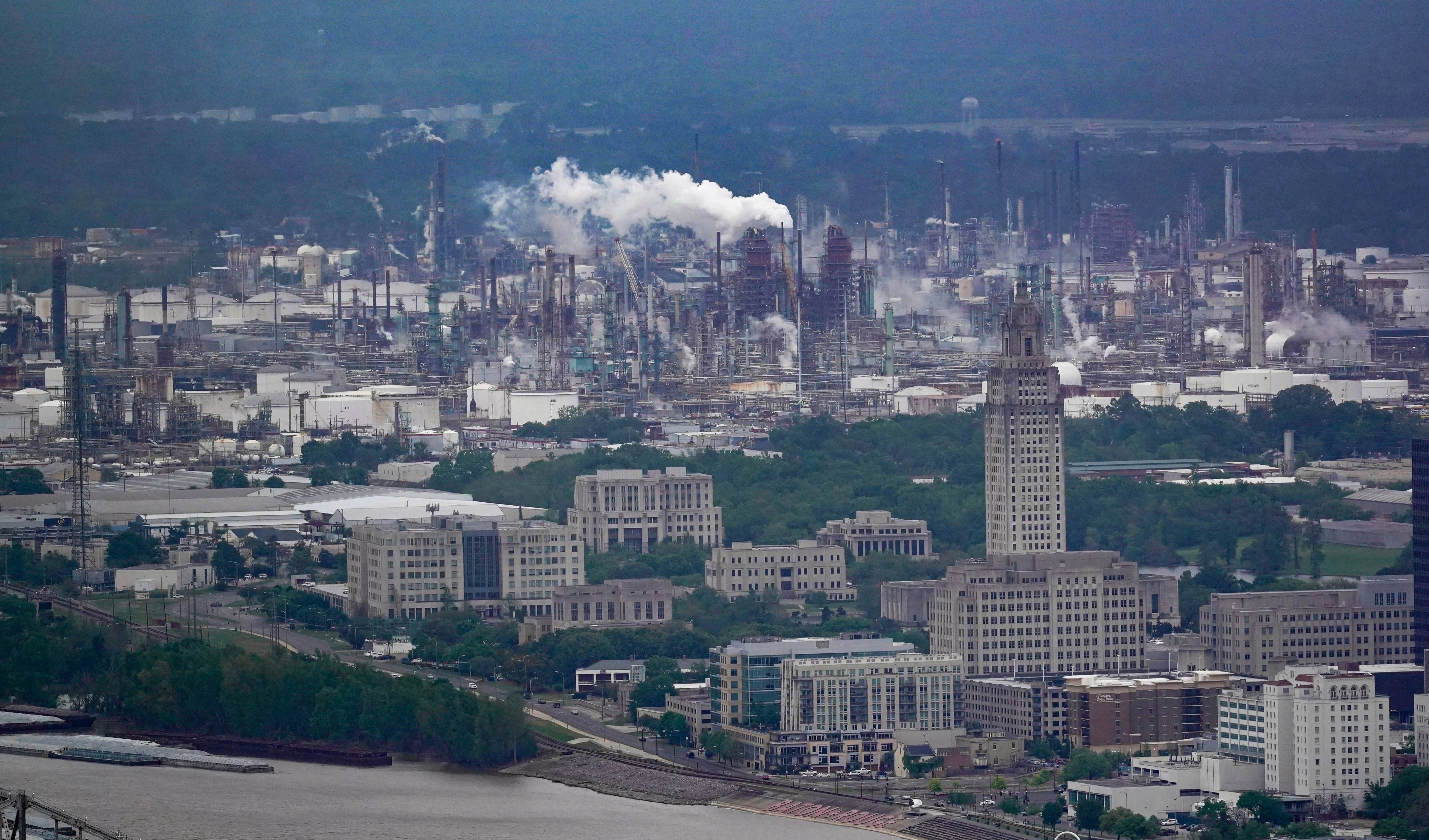How climate change is driving food prices up worldwide
Extreme weather is driving up food prices across the globe, exposing deep vulnerabilities in agricultural systems and hitting the world’s poorest hardest.
-

A farmer places straw bales on a trailer in a field on the outskirts of Frankfurt, Germany, Thursday, July 17, 2025. (AP Photo/Michael Probst)
Climate change is an immediate threat reshaping the global food system. Rising temperatures and shifting rainfall patterns are directly undermining agricultural production. The consequences are increasingly visible: as crops fail and yields decline, food prices rise, placing pressure on households and threatening global food security.
Recent research from the Barcelona Supercomputing Center, reported by the Financial Times, confirms that extreme weather events, fueled by climate change, trigger sharp spikes in food prices. These disruptions are not slow or isolated, they reverberate through the global food supply chain within months, impacting farmers and consumers alike.
Agricultural production in crisis
Agricultural production is facing growing instability due to climate change. Key food crops like Maize, wheat, and rice are suffering. For example, maize yields are projected to decline by 24% by 2030 due to rising heat stress. Wheat production shows inconsistent trends, with increasing susceptibility to drought. While rice, a staple in tropical regions, is under threat from rising temperatures.
These patterns are compounded by severe weather. Drought now affects up to 85% of cropland in Ethiopia, while southern Europe grapples with recurring water shortages. In addition, floods and heatwaves are becoming regular events, devastating harvests worldwide. Adding to these challenges, warmer climates are expanding the range of pests and plant diseases. Crops are now under siege in regions where they were once protected, introducing a new layer of vulnerability to agricultural systems.
Real-world food price increases
Climate-driven crop failures have led to significant food price increases. Cocoa prices surged 280% after a heatwave in West Africa. Lettuce prices saw a 300% increase following floods in Australia. In Spain, prolonged droughts pushed olive oil prices up 50%. Meanwhile, in India, onions rose 89% due to extreme May heat. Japan also saw rice prices jump 48% after a summer heatwave.
Climate-Driven Food Price Increases
These examples reveal how a local weather event can cause global ripples. With an interconnected food system, climate disasters in one region quickly raise costs worldwide, affecting not only local populations but also importing nations.
Additionally, these weather-induced shocks demonstrate the fragility of the global food supply chain. As climate change accelerates, researchers project a 3.2% annual increase in food price inflation through 2035. The brunt of this will be borne by the Global South, where populations are more vulnerable and food often accounts for a higher share of household spending.
Who pays the price?
The social impact of rising food prices is uneven. Small-scale farmers, particularly in Asia and sub-Saharan Africa, are among the hardest hit. With limited resources to adapt to unpredictable weather, many face difficult choices, abandoning land or watching crops fail.
Smallholder farmers produce much of the world’s food but lack the infrastructure and financial support to withstand climate volatility. Without substantial aid or adaptation strategies, their ability to sustain production is severely threatened.
Meanwhile, poor urban households bear the brunt of inflation. While wealthier families may adjust purchasing habits, low-income communities are often forced to reduce meal frequency or sacrifice nutritional quality. Fruits and vegetables, critical for health, become unaffordable for many, leading to a dual crisis of hunger and malnutrition.
Import-dependent countries at risk
Nations heavily reliant on food imports, like Eritrea and Britain, face additional vulnerabilities. When key exporting countries suffer crop losses due to extreme weather, importers face sudden price hikes. For developing economies, this volatility also undermines monetary stability, complicating inflation control.

 4 Min Read
4 Min Read










